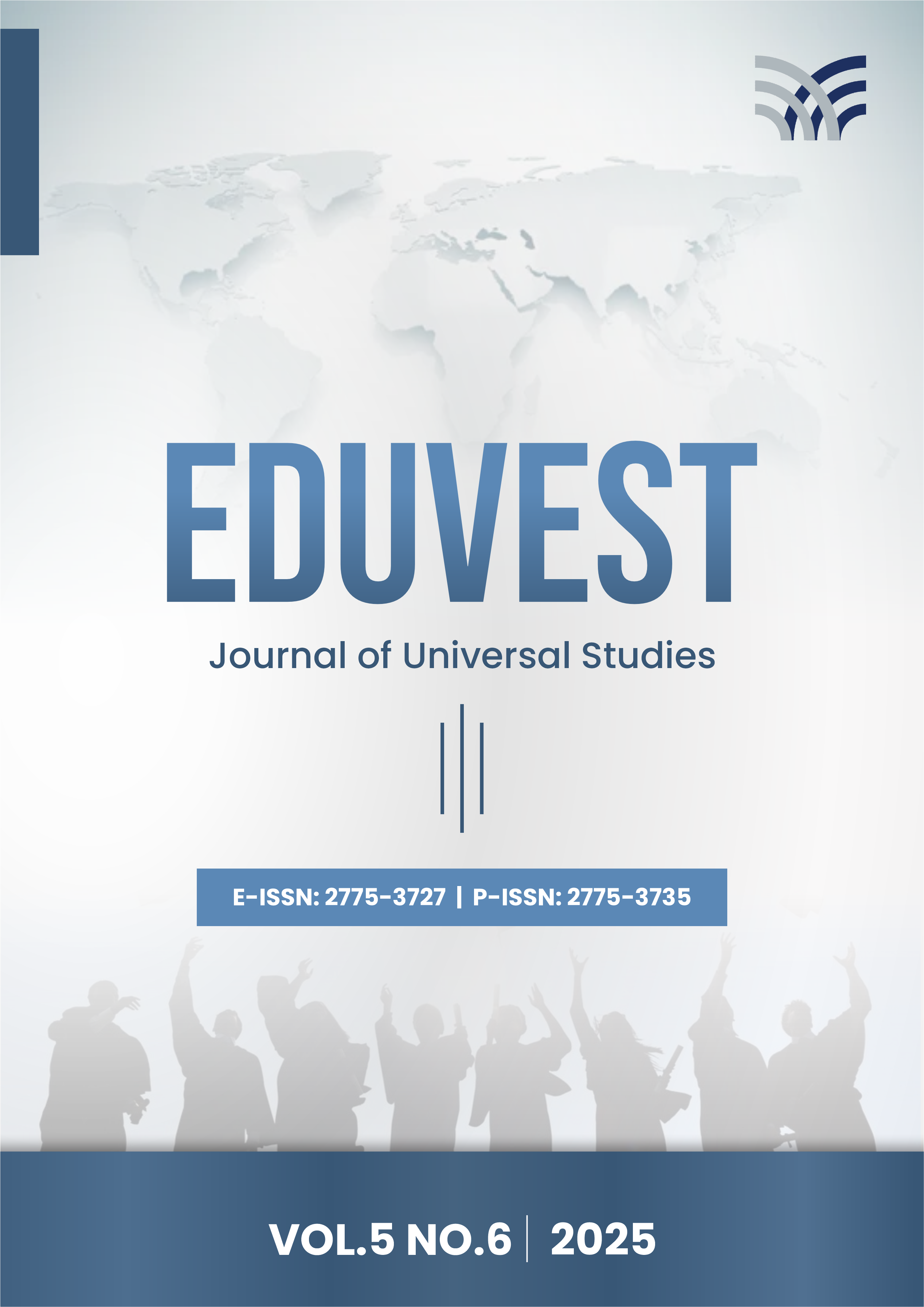Structural Analysis and Reinforcement Design of Deck-on-Pile Pier After 12-Meter Dredging
DOI:
https://doi.org/10.59188/eduvest.v5i6.50857Keywords:
Dredging, Structural Reinforcement, Safety EvaluationAbstract
This study addresses the structural integrity and reinforcement needs of a deck-on-pile pier in Sumatra, Indonesia, following a 12-meter dredging operation and the planned use of a Rail Mounted Quay Crane (QCC). The research problem centers on evaluating the pier's existing steel pile foundation strength post-dredging, which reduces embedded pile depth and compromises load bearing capacity and assessing its ability to withstand QCC operational loads. The objectives include analyzing the pier's structural performance, proposing reinforcement designs, and ensuring compliance with safety standards. The methodology combines field data collection (Pile Driving Records, Ultrasonic Thickness Gauge tests, and Pile Integrity Tests) with structural modeling using SAP2000 to simulate load scenarios, including dead loads, QCC operational loads, and environmental forces. Findings reveal that dredging reduces pile embedded depth by 6–8 meters, leading to insufficient load-bearing capacity. Reinforcement strategies, such as adding new steel piles (φ609.6 mm) adjacent to existing ones, are proposed to restore stability. The analysis confirms that the reinforced structure meets geotechnical and deflection standards, with settlements below the 15 cm limit (SNI 8460:2017). The study's implications highlight the importance of pre- and post-dredging structural evaluations for aging piers, offering a practical framework for similar projects. Recommendations include verifying soil data post-dredging and conducting periodic inspections to ensure long-term safety. This research contributes to port infrastructure resilience by integrating empirical testing with advanced modeling to address real-world engineering challenges.
Downloads
Published
How to Cite
Issue
Section
License
Copyright (c) 2025 Nurul Anisa

This work is licensed under a Creative Commons Attribution-ShareAlike 4.0 International License.











